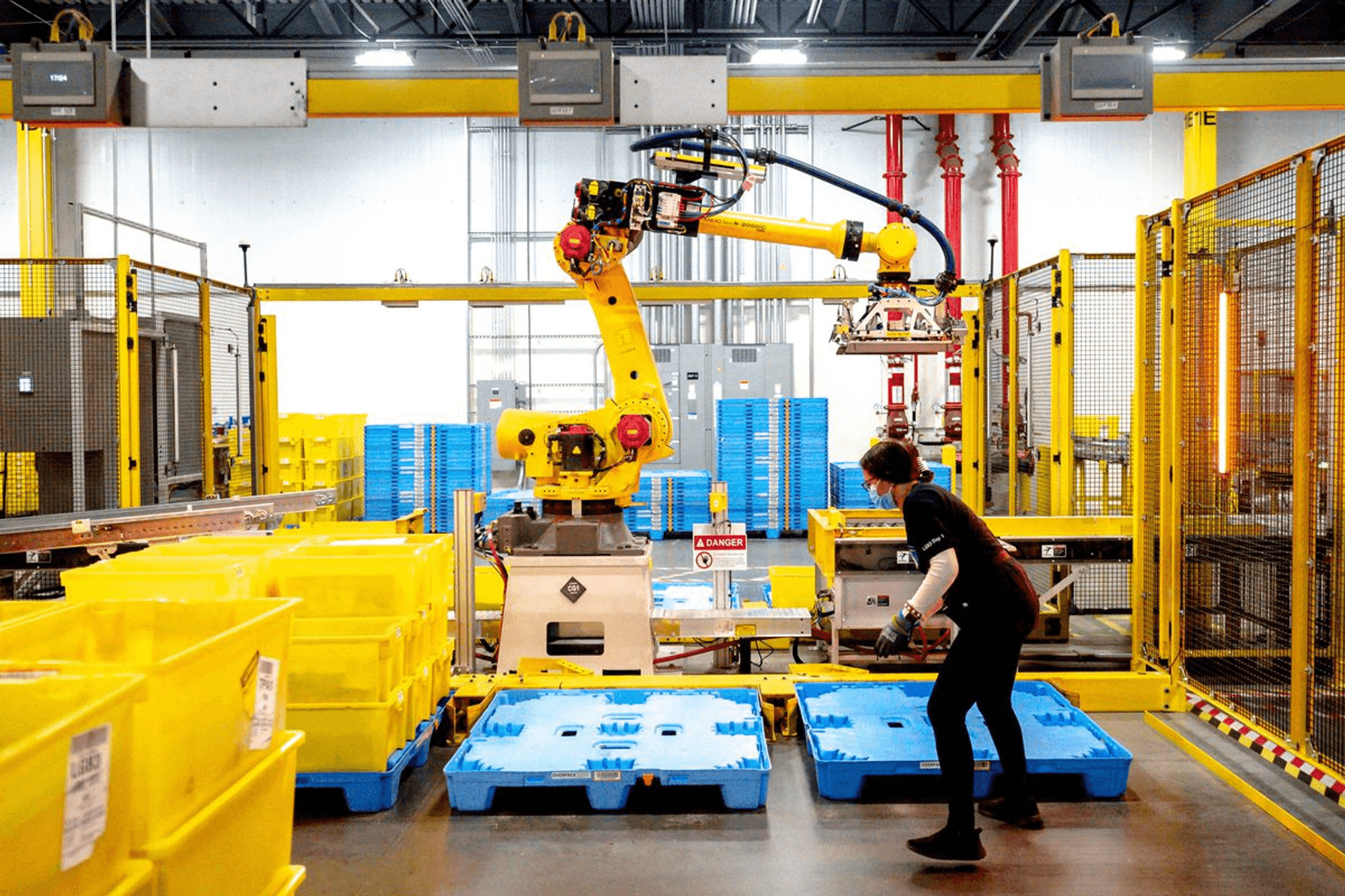You know, businesses are buzzing about automation, and for good reason.
It's a game-changer.
But here's the twist: we're not saying, "Out with the old, in with the bots!" No, we're all about making those manual workflows even better.
Imagine if your daily tasks could be smoother, faster, and more efficient. That's what automation can do. Today, we're exploring how automation enhances manual workflows step by step.
Benefits of Enhancing Manual Workflows with Automation
Let's get into the good stuff: the benefits. We're talking faster decisions, risk mitigation, scalability, cost-savings, fewer errors, better resource allocation, and happier customer experience.
The benefits are numerous, and we'll illustrate them with real-world examples.
Steps to Enhancing Workflows with Automation
We're not suggesting you flip the switch from manual to fully automated overnight. No siree, that's not our style.
Instead, we've broken it down into simple steps:
Step 1: Workflow Assessment / Audit: First, let's understand your workflow inside out.
During this phase, you might notice that your team is stuck in a loop of back-and-forth tasks, leading to endless revisions due to a lack of a clear process. This assessment reveals the hurdles within your workflow.
Step 2: Automation Selection: Then, it's time to pick the right automation tools.
Once you've identified the challenge within your process, it's crucial to select the perfect automation solution. Consider Airtable as an example. Suppose your issue lies in the organization of processes, creating roadmaps, and aligning your team.
In that case, Airtable, with its intuitive features and real-time shared data, is an excellent choice, you can build any workflow you need from Operations to Marketing.
We love this software!
Step 3: Implementation and Testing
With the chosen automation tool, you integrate it into your workflow. Your team starts using it to streamline tasks, avoiding the back-and-forth revisions caused by a lack of a clear process. During this phase, you would test it to ensure that it works seamlessly without errors, such as assigning emails to the wrong categories.
Step 4: Employee Training
Teach your team to use the new tool effectively. Provide training so your employees can leverage the automation tool to improve their workflow.
Step 5: Ongoing Review
Keep improving. Continually monitor the process, making adjustments and refinements for better efficiency.
Case Studies: Real-Life Implementations
NETFLIX

Netflix employs AI algorithms to enhance the user experience. These algorithms analyze your viewing history and preferences to recommend personalized content. This not only keeps viewers engaged but also significantly impacts Netflix's bottom line.
According to reports, Netflix's recommendation algorithm is responsible for 80% of the content watched on its platform. This illustrates how AI can be leveraged to not only enhance user experiences but also boost revenue by retaining subscribers and increasing viewership.
AMAZON

Amazon utilizes AI extensively in its operations. One prominent application is its recommendation system. When you shop on Amazon, you receive personalized product recommendations based on your browsing and purchase history.
This AI-driven recommendation system has significantly contributed to Amazon's sales and customer retention. It's estimated that up to 35% of Amazon's sales are generated through this system.
Additionally, Amazon has gradually automated various aspects of its fulfilment centers, starting with the use of robotics for tasks like moving inventory, packaging, and shipping.

They didn't transition to a fully automated system all at once but instead incorporated automation step by step to enhance efficiency and reduce errors in their order fulfilment processes.
This approach allows them to continually optimize their operations while retaining human workers in roles that are difficult to automate, such as handling unique or irregular items.
Challenges and Considerations
But it's not all rainbows and unicorns. There are hurdles to jump, like data security and privacy.
While automation brings remarkable efficiency and accuracy, it's worth remembering that humans still hold a crucial role in overseeing, guiding ethics, and ensuring technology is used responsibly. When humans and automation work together, it's like a dynamic duo in the modern workplace, striking the perfect balance between innovation and ethical business practices.
You're not alone on this journey. If you have questions, or if you've got your automation success stories to share, we're all ears.
You can contact us here at info@rove.agency




